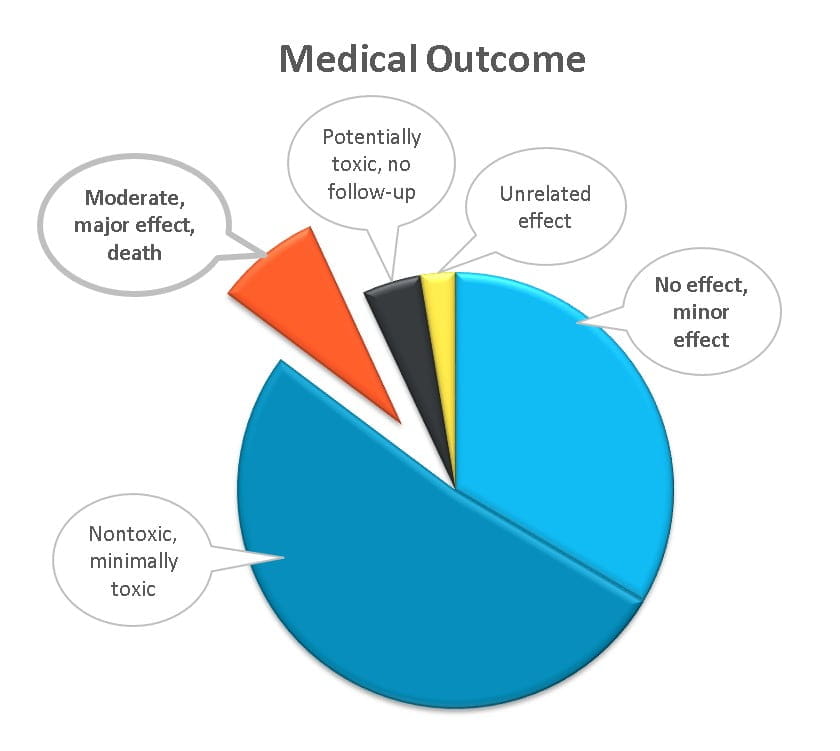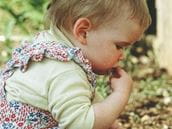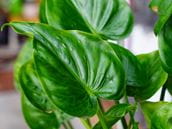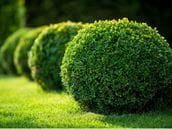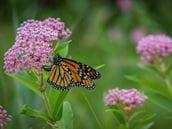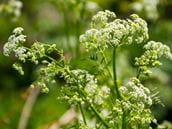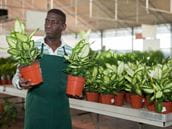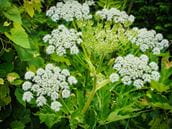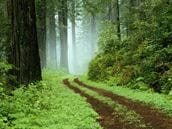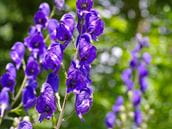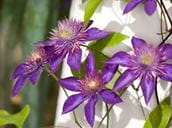
Skin Problems from Outdoor Plants
Mechanical injury, chemical irritation, allergic reactions, and light-sensitivity are all possible effects of exposure to certain plants – not just poison ivy.
Displaying 1 - 10 of 152 results for "plants"
Mechanical injury, chemical irritation, allergic reactions, and light-sensitivity are all possible effects of exposure to certain plants – not just poison ivy.
Some plants can be poisonous if you eat them. Others can hurt you if you get them on your skin. For some plants, all parts of the plant are poisonous. For others, only certain parts of the plant are harmful. The danger can range from mild irritation to severe illness or death. Check our our list of selected poisonous and non-poisonous plants.
Alocasia plants make stunning houseplants, but they can be harmful if the plant material is chewed on or swallowed. These plants contain oxalate crystals that can cause mouth pain, nausea, vomiting, and diarrhea. They should be kept away from children and pets.
Boxwood plants and hedges are common and generally present low toxicity for humans. However, when eaten they can be toxic for animals including dogs, cats, and horses.
Milkweed grows throughout the US and is essential for the survival of monarch butterflies. All parts of the plant contain toxic cardiac glycosides, which can cause nausea, diarrhea, weakness, and confusion in small amounts, and seizures, heart rhythm changes, respiratory paralysis, and even death in large amounts. Milkweed can also irritate the skin and eyes if touched.
Poison hemlock is a deadly plant that looks dangerously similar to other edible plants. Modern day exposures are often the result of plant misidentification.
Both Dieffenbachia and Philodendron are great houseplants for beginners. However, both plants contain oxalates which can cause swelling, drooling, and loss of speech if swallowed. Swelling, redness, and irritation can also occur if the skin or eyes are exposed. Dieffenbachia and Philodendron plants should be handled carefully and kept away from children and pets.
Giant hogweed is the most well-known species of the genus Heracleum, a group of plants whose sap contains a chemical that can be very harmful if it touches the skin. Although the concentration of the toxic component can vary from plant to plant, it is best to avoid contact with any species in this group of plants to prevent potential injury!
In the woods or in the garden, nature can surprise the unprepared.
Aconitum napellus flowers look beautiful, but swallowing any part of the plant could be deadly.
Don't guess what you should do. Get accurate Poison Control answers online or by phone. Both are free and confidential.
or CALL 1-800-222-1222
Save the poison control number and the link to online help NOW! Text-to-save or download directly to save our vcard to your computer and smartphone contacts.
The Poison Post® is a free, quarterly
e-newsletter delivering poison prevention tips right to your inbox!
Learn the Poison Help jingle in English or Spanish. Use these jingles to teach the Poison Control number: 1-800-222-1222. Available for download.
